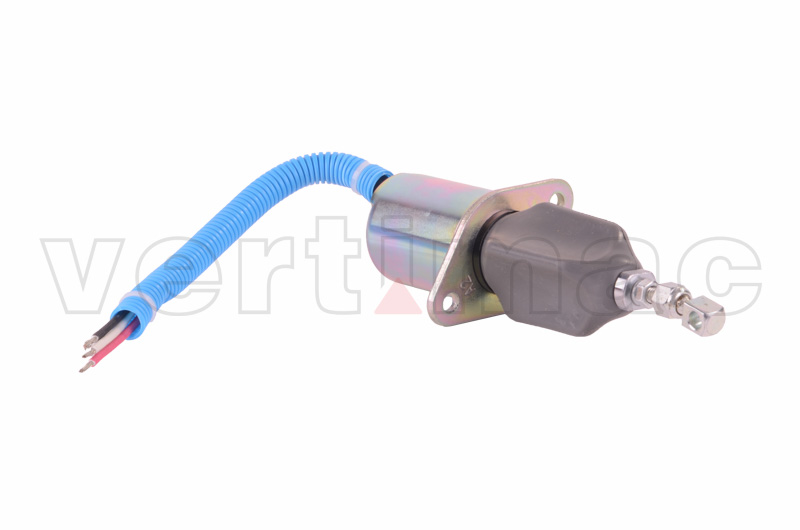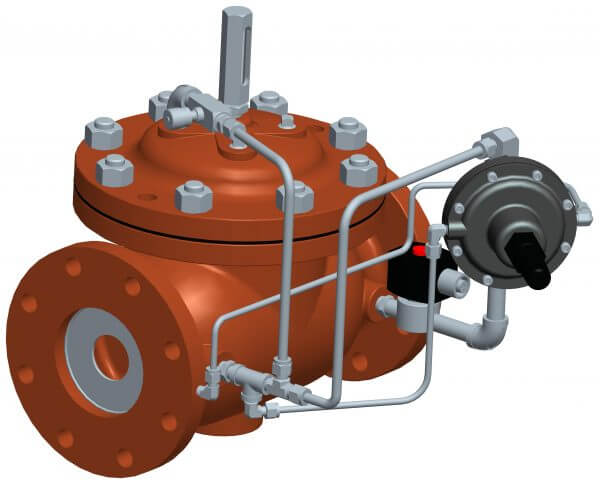

The type of the solenoid valve as you can see is the normally closed type, while in the market normally open type solenoid valves are also available. So by applying the voltage the state of the Solenoid valve can be changed from Open to Close or from Close to Open. When the voltage is applied the valve is opened. While in the normally closed type Solenoid Valve, the Valve opening is closed by default. In Normally open type Solenoid Valve, the valve opening is open by default and when the voltage is applied the valve shut down. In the Market, we have two types of solenoid valves In any Gas leakage detector project a Solenoid Valve plays an important role, as it provides the automatic valve shut down. The difference can be in terms of Voltage and the coil current needed to energize the coil of the solenoid valve.

Regardless of the type and size of the Solenoid valve, the basic working principle of all the solenoid valves is exactly the same.

I would appreciate your support in this way! What is a Solenoid Valve?Ī Solenoid valve is basically an Automatic Valve which is electrically operated and thus removes the need for an Operator or an engineer or any other person to operate this valve manually. I may make a commission if you buy the components through these links. In this tutorial, we will be covering how to connect the MQ-2 Sensor with Arduino, how to find the solenoid valve coil resistance, How to perform the relay driver circuit design calculations to make our own relay module, which can be then used for controlling the solenoid valve.

Then read this article from start to the very end. Gas Leakage Detector Project Description:Īrduino Gas leakage detector and Automatic Solenoid Valve shut down- In this tutorial, you will learn how to make a gas leak detector and automatic valve shut down the system using Arduino, MQ-2 sensor, relay module, and Solenoid valve. Another Gas Leakage Detector Related Project:.Gas leakage detector Arduino Programming:.Gas Leakage Detector Project Description:.one simple simulation of the sensors and other simulation with the Arduino board. All links you find in this post come with two simulations i.e. Plus, all these libraries are compatible with Microcontrollers and Arduino boards. You can download and simulate Proteus libraries from the respective links. I’m going to embed the link of each Proteus library added recently. Moreover, if you are alien to Proteus, you can check this post on how to add a new library in proteus. I’ve shared scores of Proteus libraries and today I’m going to pack them into one single post that will help you scan through all libraries related to sensors in one place. All Proteus Sensor’s Libraries Download NowĮmbedded Sensors, where we’ll only cover Proteus library of sensors.


 0 kommentar(er)
0 kommentar(er)
